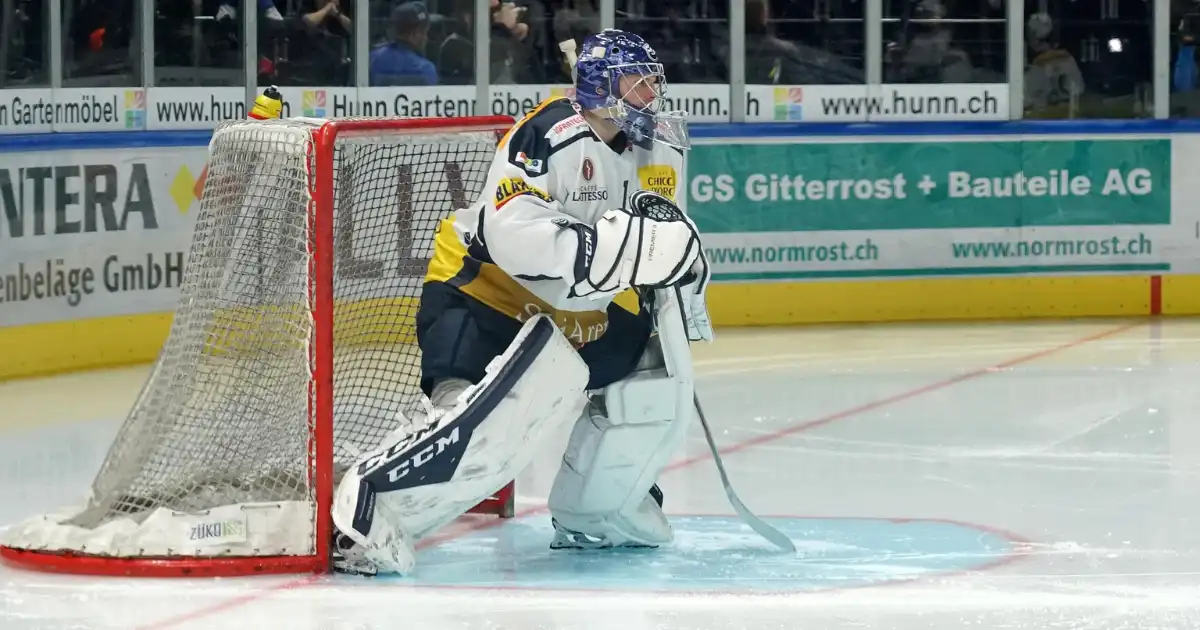In the fast-paced world of hockey, few positions have seen as many rule changes as goaltending. Over the years, goalies have adapted to larger equipment, different crease rules, and evolving strategies. One of the most significant—and controversial—regulations affecting goaltenders is the trapezoid rule, which limits where they can play the puck outside their crease. Introduced after the 2004-05 NHL lockout, this rule fundamentally changed how goalies interact with the puck and reshaped defensive strategies across the league.
But why was it introduced? What impact has it had on the game? And how have goalies and teams adapted to the restriction? Let’s take a deep dive into the trapezoid rule and its influence on modern hockey.
The Era of Roaming Goalies: Why the Rule Was Introduced
Before the trapezoid rule, elite puck-handling goalies like Martin Brodeur and Patrick Roy could act almost like a third defenseman, venturing far beyond their crease to retrieve dump-ins and make plays. Their ability to stop the puck behind the net and fire breakout passes helped teams avoid defensive pressure and transition quickly to offense.
While this skill was an asset for teams with a strong puck-moving goalie, it frustrated forechecking forwards. Dumping the puck into the offensive zone—a staple strategy for many teams—became far less effective because goalies could simply retrieve it and pass it to a teammate before the opposing forwards arrived.
After years of watching goalies neutralize the dump-and-chase game, the NHL sought to create a better balance between offense and defense. Coming out of the 2004-05 lockout, the league implemented the trapezoid rule, which restricted where goalies could handle the puck outside their crease.
Understanding the Trapezoid Rule
The trapezoid rule states that goalies are only allowed to play the puck behind the goal line within a designated trapezoidal area that extends from the goal crease. If a goalie plays the puck outside of this area behind the net, they receive a two-minute minor penalty for delay of game.
The Trapezoid’s Shape and Boundaries
The trapezoid itself is defined by the following measurements:
• It extends 6 feet from each goal post along the goal line.
• From there, it angles outward to points 28 feet apart at the boards.
Within this area, goalies can handle the puck freely. Outside of it—unless they are within their crease—they are prohibited from touching the puck.
The Immediate Impact of the Rule
More Offensive Opportunities
By limiting a goalie’s ability to stop the puck on dump-ins, forechecking teams gained an advantage. No longer could goaltenders act as a safety net for their defensemen, allowing attacking teams to generate more pressure and offensive zone time.
More Defensive Responsibility for Defensemen
Without a goalie to bail them out as frequently, defensemen had to retrieve pucks under more pressure, leading to more turnovers, defensive zone battles, and scoring chances for opponents.
A Shift in Goalie Playstyles
Elite puck-handling goalies, like Martin Brodeur and Marty Turco, had to drastically adjust their game. No longer could they freely skate to the corner and make breakout passes, forcing them to focus more on in-crease positioning and reaction saves.
Meanwhile, goalies who had weaker puck-handling skills were indirectly “helped” by the rule. Since all goalies were now limited, the gap between the best and worst puck-movers was reduced, and teams placed less emphasis on puck-playing ability when evaluating goaltenders.
How Teams Have Adapted
Defensemen Taking on a Bigger Role
With the trapezoid rule in place, defensemen had to develop better puck retrieval and passing skills under pressure. The best teams focused on mobile, puck-moving defensemen who could quickly retrieve and distribute the puck without relying on their goalie.
Changes in Dump-and-Chase Strategies
With goalies no longer able to stop every dump-in, teams refined their forechecking strategies. Many now aim to place pucks in areas outside the trapezoid, where goalies can’t legally touch them, maximizing their chances of recovering possession.
The Rise of “Hybrid” Goalies
While elite puck-handlers became less of a necessity, goalies still had to develop strong passing skills within the trapezoid. Many modern netminders now focus on making quick, efficient plays when they do retrieve the puck, rather than attempting long stretch passes like Brodeur once did.
Was the Rule a Success?
While the trapezoid rule achieved its goal of increasing offensive opportunities and reducing goalie puck-handling dominance, it remains a controversial regulation. Critics argue that it punishes skilled goalies and reduces the variety of playstyles in the NHL. Others believe it has improved the game by creating a better balance between offensive pressure and defensive skill.
Notably, some leagues outside the NHL (such as international play and lower-tier professional leagues) do not enforce the trapezoid rule, allowing goalies to roam freely. This creates an interesting dynamic when players transition between leagues with and without the restriction.
The Future of the Trapezoid Rule
As the NHL continues to evolve, there is always the possibility that the trapezoid rule could be modified or even eliminated. Some have suggested expanding the allowed puck-handling area to give goalies more freedom while still restricting their ability to completely neutralize forechecks.
For now, however, the rule remains a key part of modern hockey. Love it or hate it, the trapezoid has permanently altered the way goalies play and how teams approach offensive and defensive strategies.
One thing is certain—goalies may still be the last line of defense, but thanks to the trapezoid rule, they can no longer roam like they used to.
🏒🔥 #TrapezoidRule #GoalieLife #HockeyEvolution

